
Hopefully, this will help us someday go there and clean up after ourselves ...

Ingenuity helicopter takes photos of debris field on Mars
The Ingenuity helicopter has captured a unique bird’s-eye perspective of the gear that helped land the Perseverance rover on Mars.
... Studying the components that allowed for a safe landing can help them prepare for future missions to the red planet that will require landing and even launching from the Martian surface for the first time. ... The backshell can be seen among a debris field it created after hitting the Martian surface while moving at about 78 miles per hour (126 kilometers per hour). But the backshell’s protective coating appears to be intact, as are the 80 suspension lines connecting it to the parachute. The orange and white parachute can be seen [above photo, top left], covered in dust, but the canopy doesn’t show any damage ...
https://us.cnn.com/2022/04/28/world/...scn/index.html
The Ingenuity helicopter has captured a unique bird’s-eye perspective of the gear that helped land the Perseverance rover on Mars.
... Studying the components that allowed for a safe landing can help them prepare for future missions to the red planet that will require landing and even launching from the Martian surface for the first time. ... The backshell can be seen among a debris field it created after hitting the Martian surface while moving at about 78 miles per hour (126 kilometers per hour). But the backshell’s protective coating appears to be intact, as are the 80 suspension lines connecting it to the parachute. The orange and white parachute can be seen [above photo, top left], covered in dust, but the canopy doesn’t show any damage ...
https://us.cnn.com/2022/04/28/world/...scn/index.html

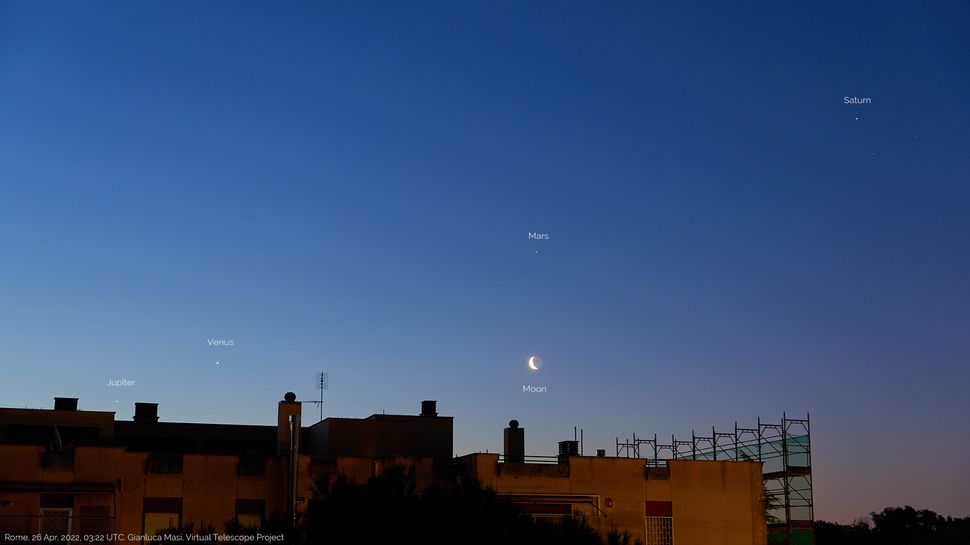








 ...
...




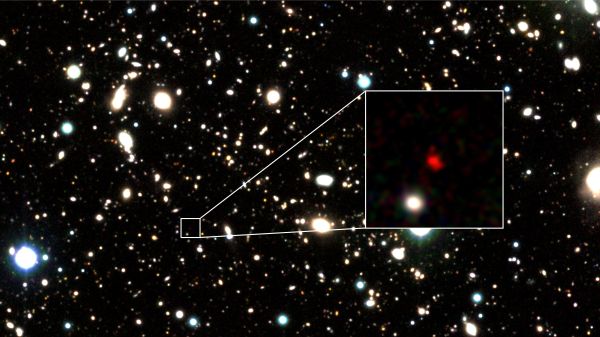
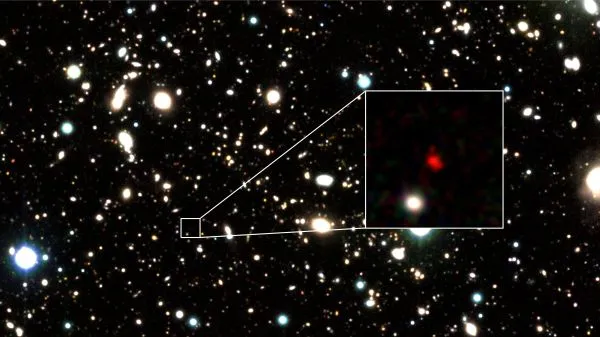
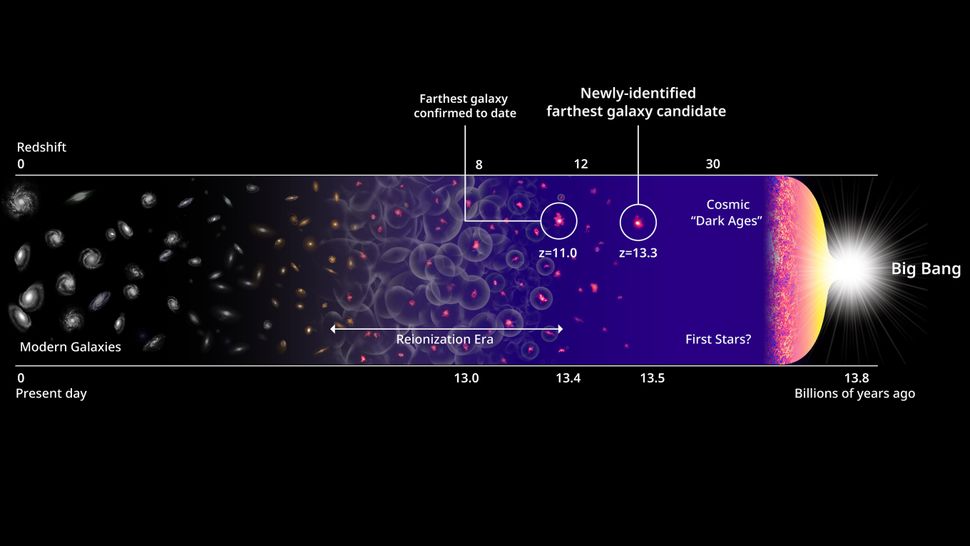



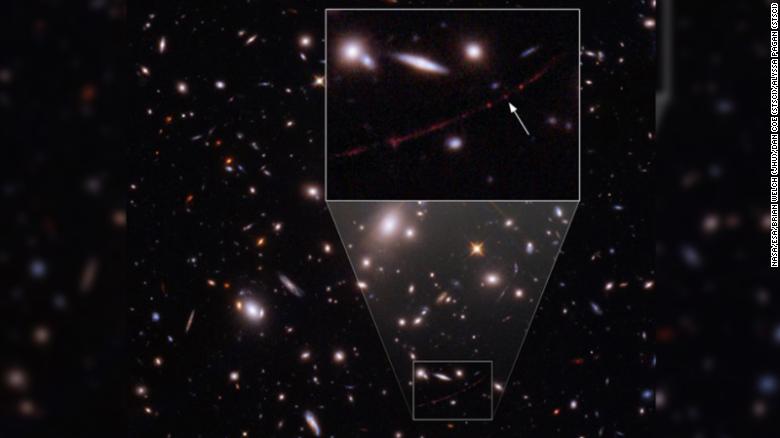

Leave a comment: